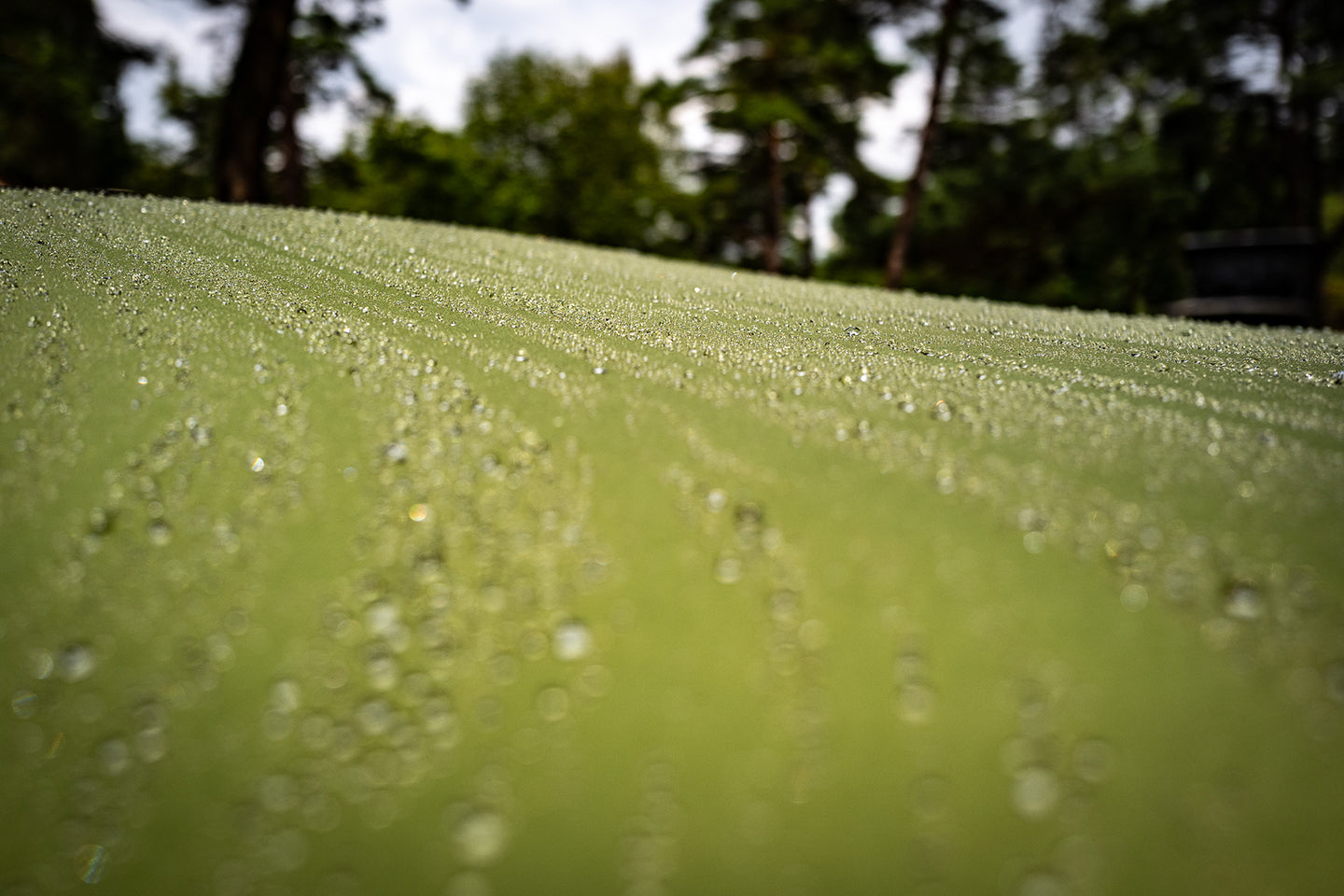When buying lighting, you'll often encounter the term IP rating , such as IP44 . But what exactly does this mean? In this blog post, we explain what IP means, how it works, and why IP44 lighting is ideal for certain applications.
What is an IP rating?
IP stands for Ingress Protection and is followed by two digits. This system, developed by the International Electrotechnical Commission (IEC) , indicates the degree of protection an electrical device is afforded against dust and water .
The two numbers have a specific meaning:
- First digit (protection against solid objects and dust)
- Second digit (water protection)
What does IP44 mean?
For IP44 lighting the code is as follows:
- 4 (Dust protection) : Protected against solid objects larger than 1 mm, such as wires and small tools. Not completely dustproof, but sufficient for normal use.
- 4 (Splashproof) : Protected against splashes of water from all directions , meaning it is resistant to moisture, condensation and light rain.
What applications is IP44 suitable for?
IP44 lighting is a good choice for indoor and outdoor use in sheltered environments , such as:
- Bathrooms (for example around mirrors and sinks, but not directly in the shower)
- Canopies and verandas
- Garden paths and outside walls under a canopy
- Sheds, garages and balconies
Please note: IP44 is not completely waterproof and is not suitable for places with direct contact with rain or water jets (such as a shower or pond).
What other IP ratings are there?
Here are some other common IP ratings and their meanings:
|
IP value |
Protection against dust |
Protection against water |
Application |
|
IP20 |
No special protection |
No protection |
Interior lighting |
|
IP44 |
Splashproof |
Protected against splashing water |
Bathrooms, canopies, outdoor use under a canopy |
|
IP54 |
Dust resistant |
Splashproof |
Garden lighting, outdoor lamps |
|
IP65 |
Dust-free |
Resistant to water jets |
Direct exposure to rain, facades |
|
IP67 |
Dust-free |
Waterproof up to 1 meter of immersion |
Pond and swimming pool lighting |
|
IP68 |
Dust-free |
Completely waterproof |
Permanent immersion, pool lighting |
When do you choose IP44 and when do you choose a higher IP rating?
- IP44 is sufficient for sheltered outdoor lighting and damp indoor areas.
- If you have lighting that hangs directly in the rain , choose at least IP65 .
- For lighting in or under water (for example in a pond), IP67 or IP68 is required.
IP44 at the campsite
IP44 lighting is also an ideal choice for camping. Here are some applications for which IP44 is suitable:
- Tent lighting : Ideal for inside the tent or under an awning, where it is protected from direct rain contact.
- Lighting for caravans and campers : Suitable for mounting under the awning or at the entrance of the camper or caravan.
- Outdoor lamps on camping tables : Handy for providing extra light while eating or reading in the evening, as long as they are not directly exposed to rain.
- Rechargeable or portable lights : For use at a campsite, under a tarp or in an awning.
Please note : If you need lighting that can withstand heavy rainfall or damp surfaces, choose a lamp with an IP65 rating or higher .
Conclusion
IP44 is a safe choice for both indoor and outdoor use in sheltered environments . It offers a good balance between protection and versatility, but a higher IP rating is required for wet or dusty environments.
IP44 lighting is also ideal for camping, as long as it's not directly exposed to heavy rainfall. Consider lighting under an awning, in a tent, or around a caravan.

